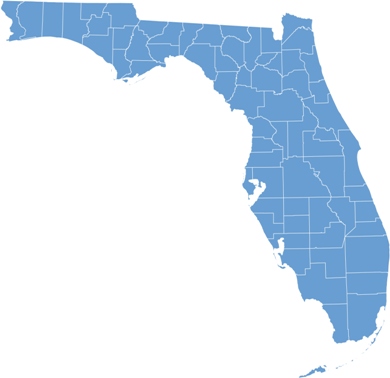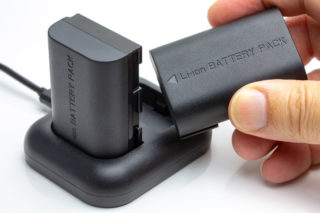Social Networking: From Chat Room to Court Room?
 Recent technological advances made over the past ten years in social media combined with the explosion in popularity of social networking sites on the Internet have created a new source for potential evidence in litigation. Within the context of product liability litigation, the ability for consumers to use Social Media to publicize their opinion of a product or, their opinion of a company that sells that product, is a new source for risk to manufacturers and their insurance carriers. This is the direct result of Social Media becoming the preferred form for consumers to voice their complaints.
Recent technological advances made over the past ten years in social media combined with the explosion in popularity of social networking sites on the Internet have created a new source for potential evidence in litigation. Within the context of product liability litigation, the ability for consumers to use Social Media to publicize their opinion of a product or, their opinion of a company that sells that product, is a new source for risk to manufacturers and their insurance carriers. This is the direct result of Social Media becoming the preferred form for consumers to voice their complaints.
The way we communicate with our friends, family and most significantly, the way in which we communicate with others in business transactions, has drastically changed within the past 10 years since the huge increase in the usage of social networking sites and social media. According to U.S. Census data in 2011 75.6% of households reported having a computer compared with only with 8.2% in 1984,– which is the first year that the census bureau began asking about computer ownership. Similarly, drastic shifts occurred for household internet usage over the past 15 years according to Census data– 71.7% of households reported accessing the internet in 2011 up from 18% of households in 1997.
Along those same lines the 2012 Social Media report published by Nielsen indicates that social networks dominate internet usage. Twenty percent of user’s time spent on their PC is dedicated to navigating through social networks. According to the Nielsen report nearly half of the social media users they surveyed engage in “Social Care,” meaning that they are contacting companies through the use of social media as opposed to telephone or by letter. The report also indicates that people within the age group of 18 to 24—the consumers of the future– are the most likely age group to use Social Media as opposed to making their complaints by phone. The data shows that in the coming years the preferred form for communications for most consumers will be Social Media, and product manufacturers have to be prepared to deal with the increased risk that Social Media presents to their product liability exposure.
In situations where a product that is the subject of a lawsuit, has no prior claim history—meaning that the Company that manufactured the product has not been sued before for similar accidents involving similar products– plaintiffs’ experts will turn to postings made on the Internet, either on blogs maintained by consumer advocate groups or social networking sites, as a possible source for information concerning prior incidents. I will demonstrate through a hypothetical example how this plays out. Acme, a company that manufactures toasters establishes during discovery that it has not received any notice of prior fire incidents involving other toasters within the same model line as the subject toaster. Plaintiff’s expert, in an attempt to contradict such evidence, searches on the Internet for reports of other fire-incidents involving the toaster in question. The plaintiff’s expert may come across a posting on the Internet where a customer is voicing their dissatisfaction with an Acme brand toaster. Or the plaintiff’s expert may find a customer blogging about a malfunction with an Acme brand toaster–that did not result in a Product Liability claim–but did produce a small fire that only damaged the toaster and its food contents. (Probably the result of a food fire through the user overcooking the food). The plaintiff’s expert includes this information they found on the Internet in their report, and attempts to rely on such incomplete data to show a pattern of product failure. The problem with this approach is, that in most cases, the postings made on consumer advocate sites or social networking sites, are incomplete and unverified reports. My response to a plaintiff’s experts who attempts to use this approach, is– that if the incident were truly significant–, it would have resulted in an insurance claim or lawsuit, which the defendant undoubtedly would have received notice of and therefore, would have produced it in discovery.
The majority of courts have held that evidence of other accidents is not admissible for any purpose unless the circumstances of the other accidents are “Substantially similar” to the circumstances at issue. Cameron v. Otto Bock Orthopedic Indust., Inc. 43 F.3d 14, 16 (1st Cir. 1994). The “substantially similar” requirement is essentially a specific application of the rule that only relevant evidence is admissible. Since blog posts are hearsay statements made by unknown persons, Courts should exclude such information from a trial. However, experts are typically allowed to rely on hearsay evidence to support their work, and in some instances, plaintiffs will attempt to back-door the evidence in at trial through their expert’s presentation during direct examination. Thus, the defense attorney cross-examining the expert should be prepared to highlight the unreliability of such information. Moreover, an expert who relies on unverified, un-documented blog postings of other accidents, could subject herself to a Daubert challenge by relying on insufficient data.
This blog post was published originally on October 30, 2013.


 By
By




